Day 16
S82 41' 21.12", W80 27' 42.84"
///healthcare.costlier.legislating
Weather and ground conditions are good. Martin gives some detail on the methods of navigation.
“Hello everybody, it’s Martin calling on day 15 of the expedition.
We were blessed with good weather (oh, day 16 I’ve just been told). Good weather and good conditions. The best ground we’ve had for days actually. Not much sastrugi at all, and big areas of fairly steady ice and snow, so we could get into a bit of a rhythm. As such we managed to get 15.4 nautical miles done today, which was better progress than yesterday thankfully. And the sun kept on kind of coming and going today. The sun obviously makes things a little bit more pleasant, but also we use it as a navigational aid, believe it or not. As the distances between our checkpoints are quite large, for example at the minute we’re on a route that going to take us more than 200 miles on the same bearing (we’re currently travelling on a compass bearing of 141 degrees) and as Lou and I keep on rotating shifts up front, you get used to where your shadow is on the ground, during each shift.
In the morning, on my first shift (Lou normally does the first shift) my shift, I normally take over at about half ten, the sun is casting a shadow to the 2 o’clock position on the ground. So if you imagine facing forward, and directly ahead of you is 12 o’clock – if you imagine a clock on the ground in front of you. Where the 2 o’clock position is, is where my shadow is. So I walk along, and keep my shadow in that position, and that tells me that I’m on the bearing I need to be on.
Obviously we’ve got the compass on our harness, but it saves you having to constantly look down to make sure that the compass bearing is accurate; just monitor your shadow all the time. Then throughout the day, that shadow shifts and moves around from the 2 o’clock position for me, till on my last shift, which is normally around 6pm, at which point, that shadow is normally around the 9 o’clock position. So it’s moving anti-clockwise, from my right hand side to my left hand side. The sun is really helpful for helping us navigate, so we miss it, or well I miss it anyway, when it goes in, because then you’ve got to look down at the compass much more frequently. Which doesn’t sound too onerous, but when you’re focusing on checkpoints in front of you, you want to get into your stride and keep on heading forward. So that’s that.
Other than that, all good. Our camp routine is really getting nailed down now – thankfully there’s no wind at the minute, so hopefully we’ll have a decent night’s sleep tonight.
I just want to say a shout out also and a thank you to a fantastic charity that’s been supporting us for a number of years now with Adaptive Grand Slam, called BLESMA (the British Limbless Ex-Servicemen’s Association [now called BLESMA The Limbless Veterans].
I’ve been a member of this since I lost the use of my arm in Afghanistan in 2007. I never actually got involved with them until a few years after I got injured, and the then operations director, a real good guy called Ian Waller, got in touch with me and said ‘we’ve been watching what you’ve been doing with the Adaptive Grand Slam. Can we help?’ I was a bit surprised by this, I was expecting them to say ‘can you do something for us?’ When actually they only wanted to help. Ever since then, they’ve helped support financially some of our expeditions overseas. And, more importantly, they’ve provided financial support to enable other BLESMA members to come on some of our Adaptive Grand Slam challenge events and expeditions. If you go onto adaptivegrandslam.com and scroll down to the missions, you’ll see some of the things that we do. And BLESMA have helped with that, so I look forward to seeing you all at the next AGM.
Good night all.”
// FOLLOW THE CHALLENGE //
Watch and listen to all the updates, live on the Shackleton map.

